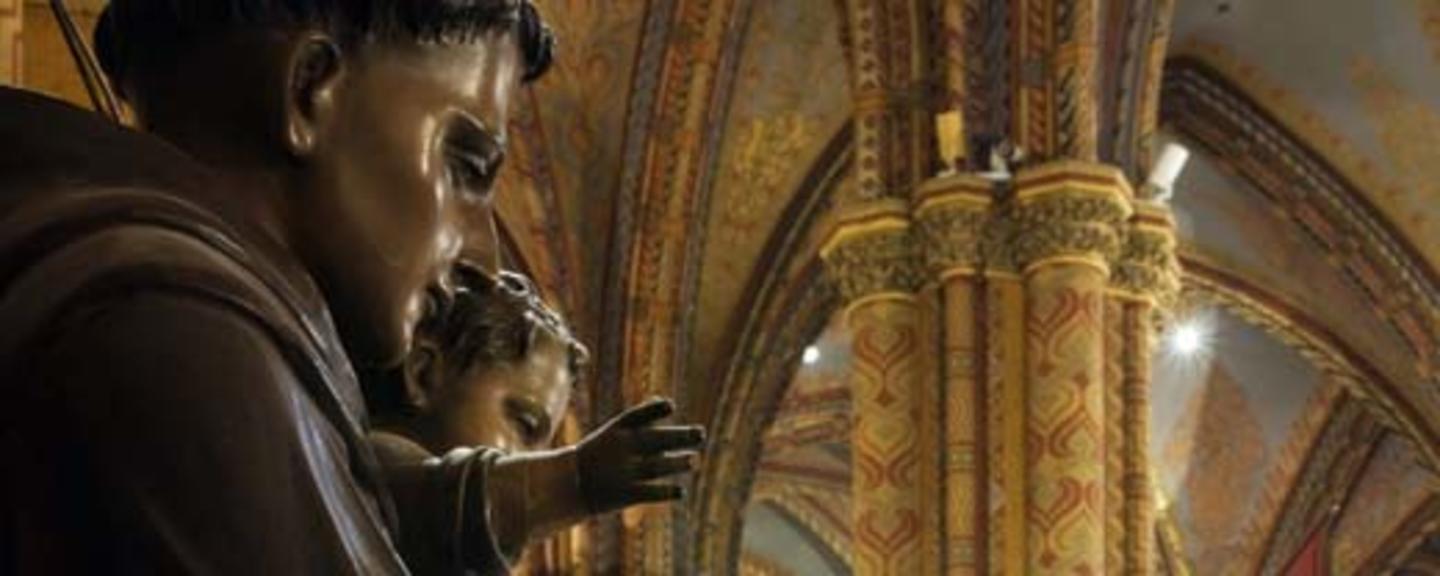In the Hungarian capital the Matthias Church in the Buda district, with its distinctive multicoloured roof and lofty spire, dominates the townscape from its location at the topp of the hill. The church derives its name from the warrior Matthias (Matyas) Corvinus the Great, who ruled from 1458 to 1490, but it is 200 years older. King Matthias took up the mantle from his equally militant father, Johannes Hunyadi, who like his son also fought against the Turks.
The church was badly damaged during battles between the Germans and the Soviet army at the beginning of 1945, but it was restored quite rapidly despite the fact that the new Hungarian communist regime was both Stalinist and brutal. When Hungary in the course of time became the most liberal communist state in the whole of Europe and contacts with the West were developed ( “the merriest barrack in the Soviet camp” was the Hungarians’ own, entirely unofficial description), one rather origibal and dubious outcome was that the Hilton group was allowed to build a luxury hotel in the vicinity of the Matthias Church up on Buda hill – despite protests from Hungarians who would have preferred the old architectural traditions to be safeguarded with greater piety. But it was a blessing in disguise that at least the contours of the Hilton building were adaored to tge archuitecture on the Buda hill, and a sloping roof was included that could magnanimously be described as harmonising with the renowned roof of the Matthias Church.
The aim of the Norwegian financed project is to preserve the bells of the Matthias Church. Some of them cannot be repaired and must be replaced, but the new bells will be cast as copies of the original ones. The vibrations in the ground are quite strong in this part of the Hungarian capital because of the large volume of traffic, and the bells will be assembled with a shock absorber for better protection.
Photo: Tamas Bujnovszky/Riksantikvaren
